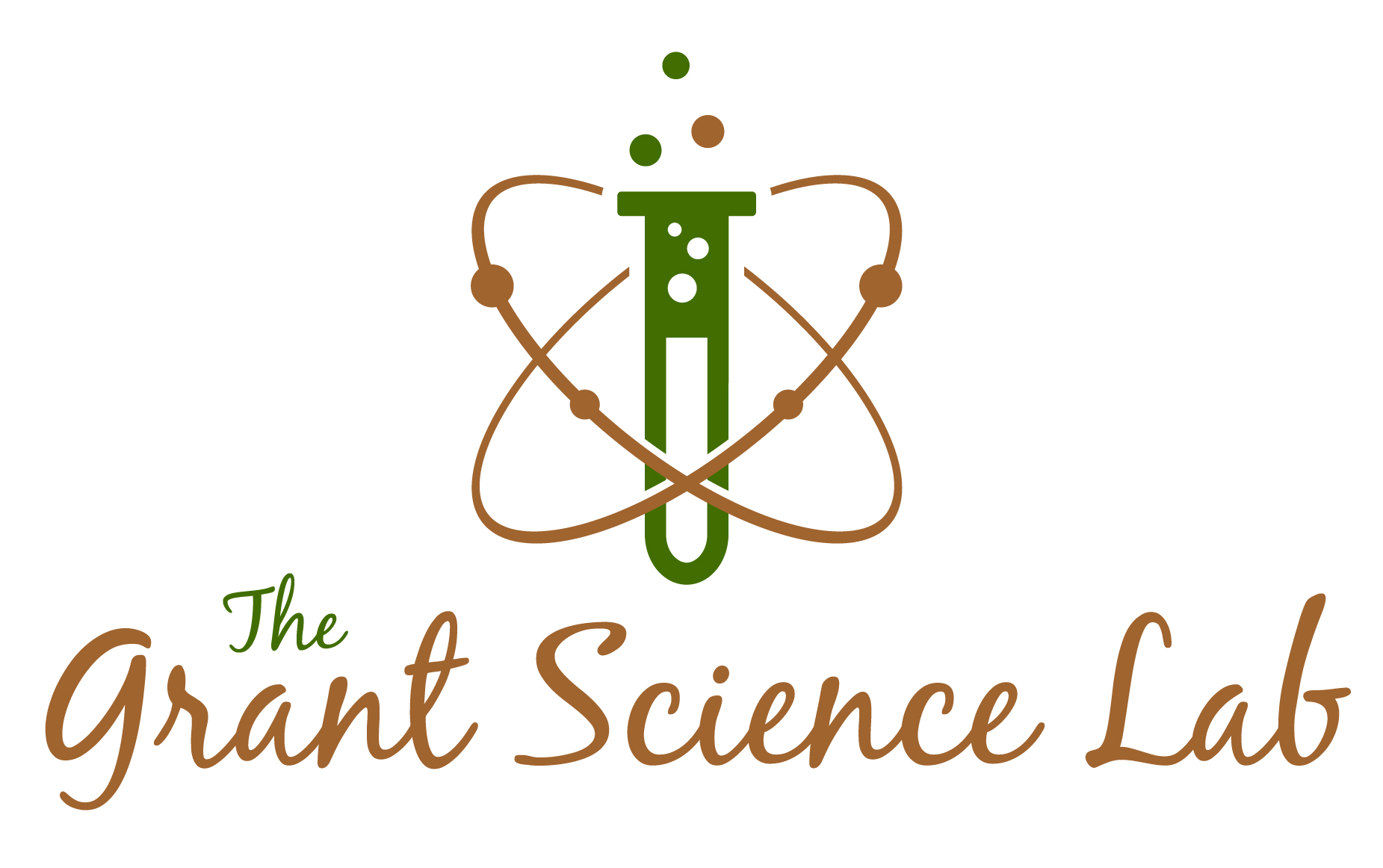Science, Research, the Sequester, and History
A Few Rambling Thoughts
The scientific community was very vocal about the sequester if activities of my Twitter feed and hashtag searches are any indication. This blog gives a solid and concise summary of the expected cuts. What does this mean for scientific research? The short answer is fewer grants to fewer investigators. New investigators likely will be affected the most. Novel ideas from either new or established scientists will be set aside in favor of less risky research. It is a sad fact that the public does not really understand scientists, funding, and the research process
Opportunities for the public to “get it” about science are typically rare. Through the miracle of social media, one of those rare opportunities surfaced this week. A new film titled Decoding Annie Parker is close to release. It is the story of the patient and the research that led to the discovery of breast cancer’s BRCA1 gene. The abstract of the original paper is here in the PubMed section of the National Center for Biotechnology Information Database. Grant support is there too under a menu option on the abstract page. The grant number appears as a strange combination of letters and numbers (CA27632/CA/NCI NIH HHS/United States). Federal research dollars though the National Cancer Institute of the National Institutes of Health supported the visionary research that some cancers are genetic in origin. NIH maintains a database of funded grant awards. I do not even want to think where this kind of research would be without federal funding and researchers like Mary-Clare King.
Embedded in this story is an older, visionary, but sometimes forgotten one of federal support for research and education. Countless scientists, including Mary-Clare King, share a small part of that visionary story. They trained at or work in none other than 1862 Morrill Act Land Grant Universities. President Lincoln signed the Morrill Act on July 2, 1862. Many of our great public universities began or received a boost through this act. Lincoln signed the legislation for the USDA a few weeks earlier on May 15, beginning that collaboration between university research and the federal government.
The USA is no longer an agrarian society, but we have all benefited for over 150 years from Justin Smith Morrill’s vision. Perhaps if enough people see this film, with its legacy to legislation passed in the depths of the Civil War, a few more people will “get it” about the stories science tells and the vision required to begin them.
Trailer for Decoding Annie Parker
